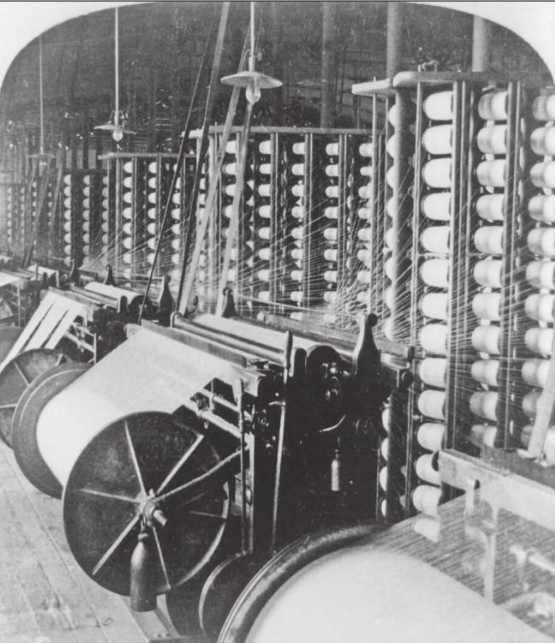Manufacturing has been an important part of the American economy since the late 1800s. Throughout the Southeast textile mills were established to create jobs for local workers and to keep investments in the community. Places that were once dominated by an agrarian economy transformed into industrial powerhouses that brought changes to the community and local workers. People across the country left farms and small towns to work in vastly different industrial environments for a steady paycheck year round.

For many years children were employed in the textile mills to perform tasks that the adults could not perform as well as they were cheaper labor. During the early 1900s children would often work alongside their mothers as helpers until they were old enough to secure a job of their own in the textile mills. It was not until changes were made regarding child labor laws and the high unemployment for adults in the Great Depression that child labor of the textile mills ended.
Women have always been an important part of the workforce of the textile mills and they stepped into men’s positions when they were gone to fight in World War I and World War II. During the wars many textile mills across Central Georgia become major producers for war products, such as tents, parachutes and camouflage items.
After World War II, securing a position in a textile mill allowed the worker to get benefits that sometimes included housing, onsite healthcare, pensions, childcare, schools and extracurricular actives. These benefits were in part thanks to the unionization of workers in the individual textile mills and across the industry. Though Textile mill workers were often known as “Lint Heads” due to being covered with cotton lint after their shift.
By the 1960s technology and society norms changed the textile worker positions and the community of the textile villages. Textile mill workers no longer wanted to live in housing provided by the mills and the textile mills wanted to stop being landlords so textile mill villages shut down. With the new technologies came a reduced workforce since less labor was needed to produce the products. Along with a reduced workforce, the workforce became less segregated in regards to racial and gender achieving equality in textile mill positions. Technology also brought new changes to the mills. Many of the textile mills had been in operation for almost 100 years and the aging buildings and equipment was expensive to replace. Those that were able to modernize where out producing others that did not have the ability to modernize.
Still today there are textile mills producing products across Central Georgia, The Thomaston Mill in Thomaston, Georgia which originally opened in 1899. The American textile mill worker will still continue to be an important part of the American spirt due to the decline in American Manufacturing.
To find out more about the history of the American textile worker check out Billie Coleman’s book, Images of America: Central Georgia Textile Mills.

